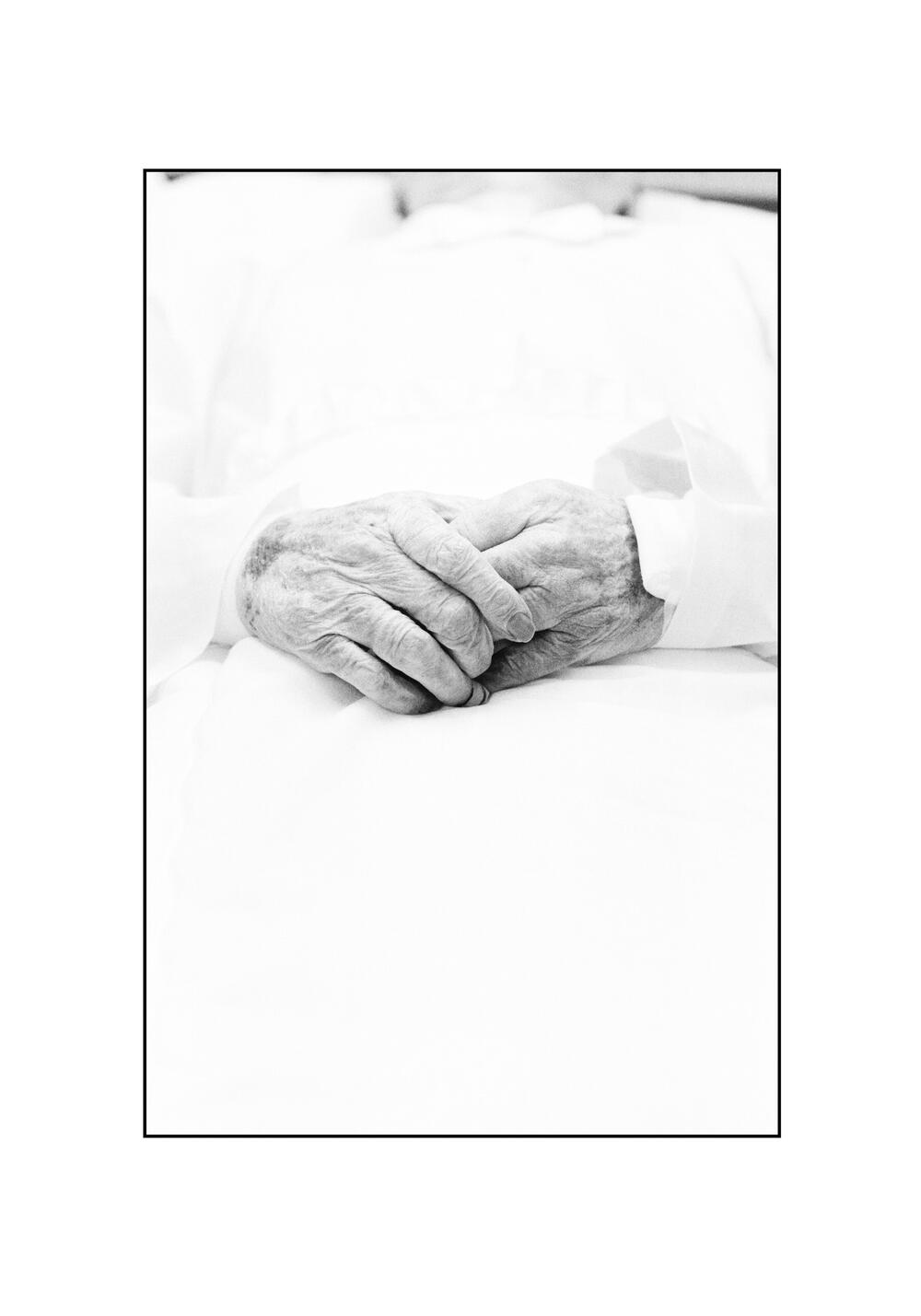


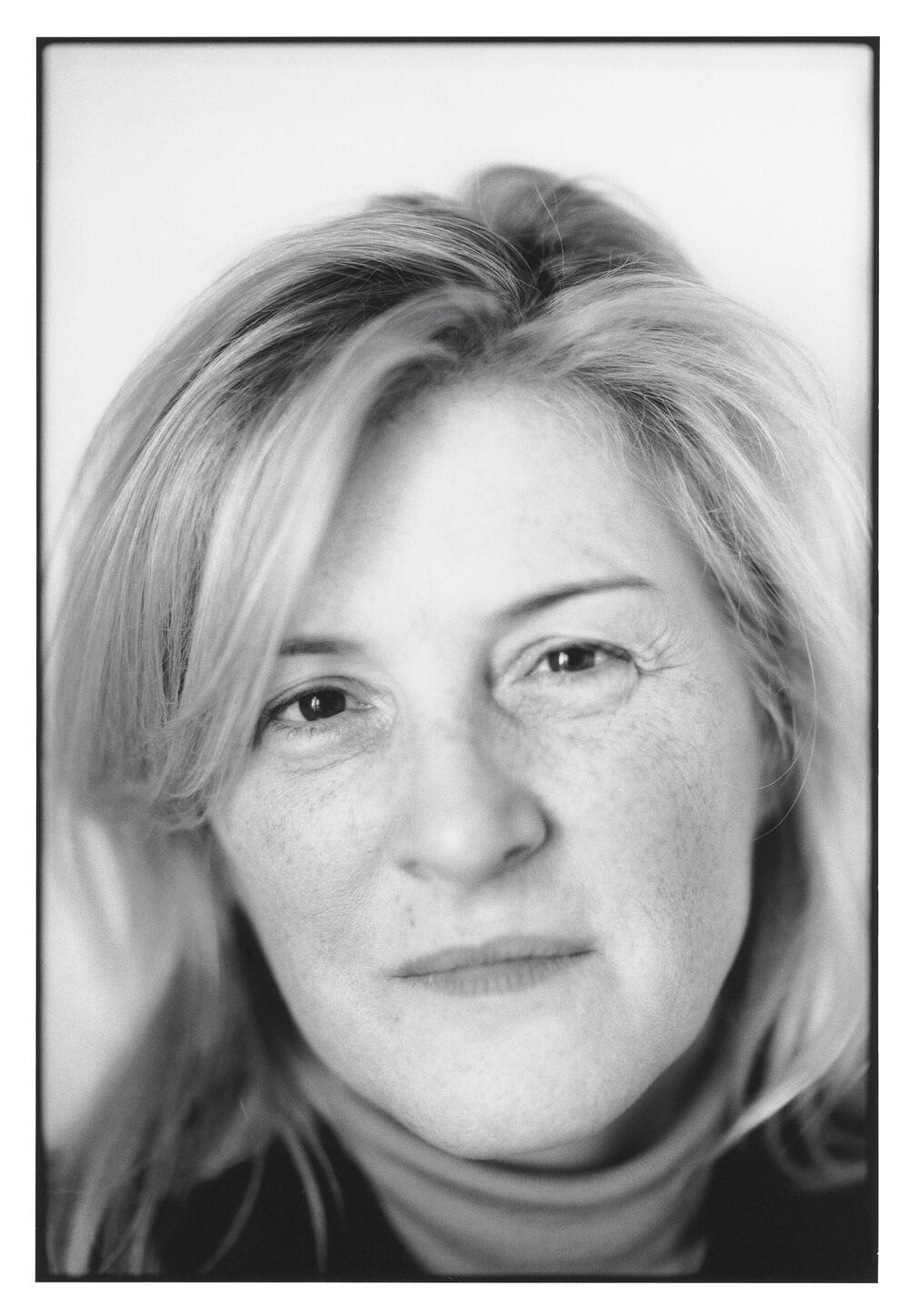
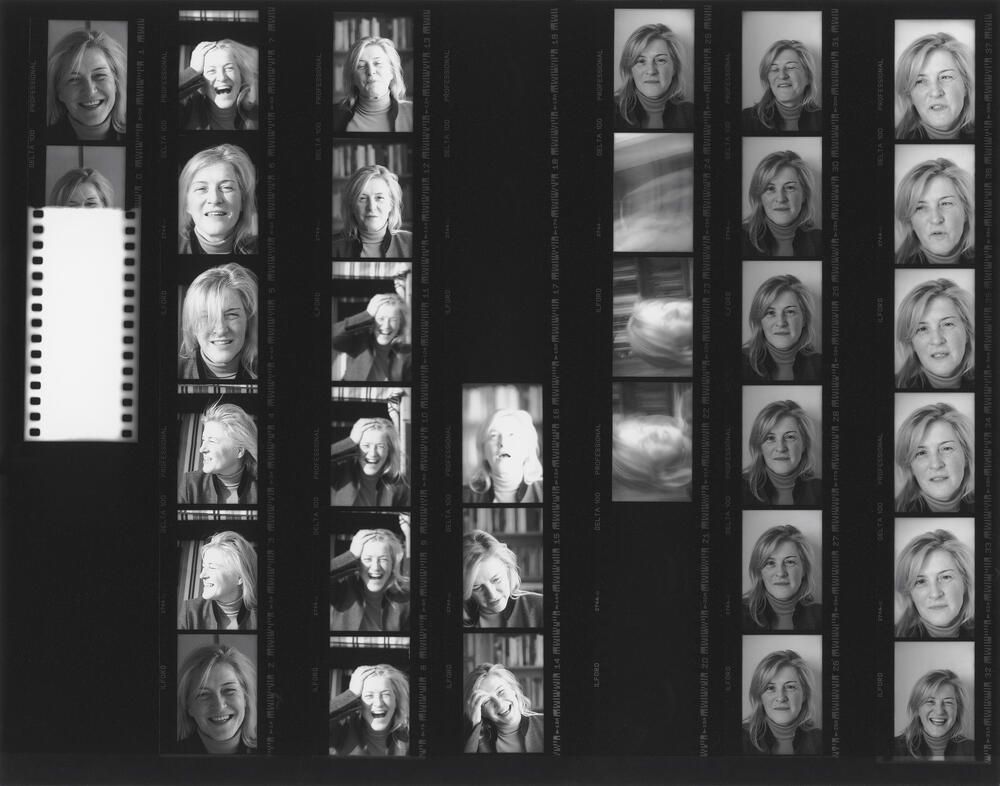


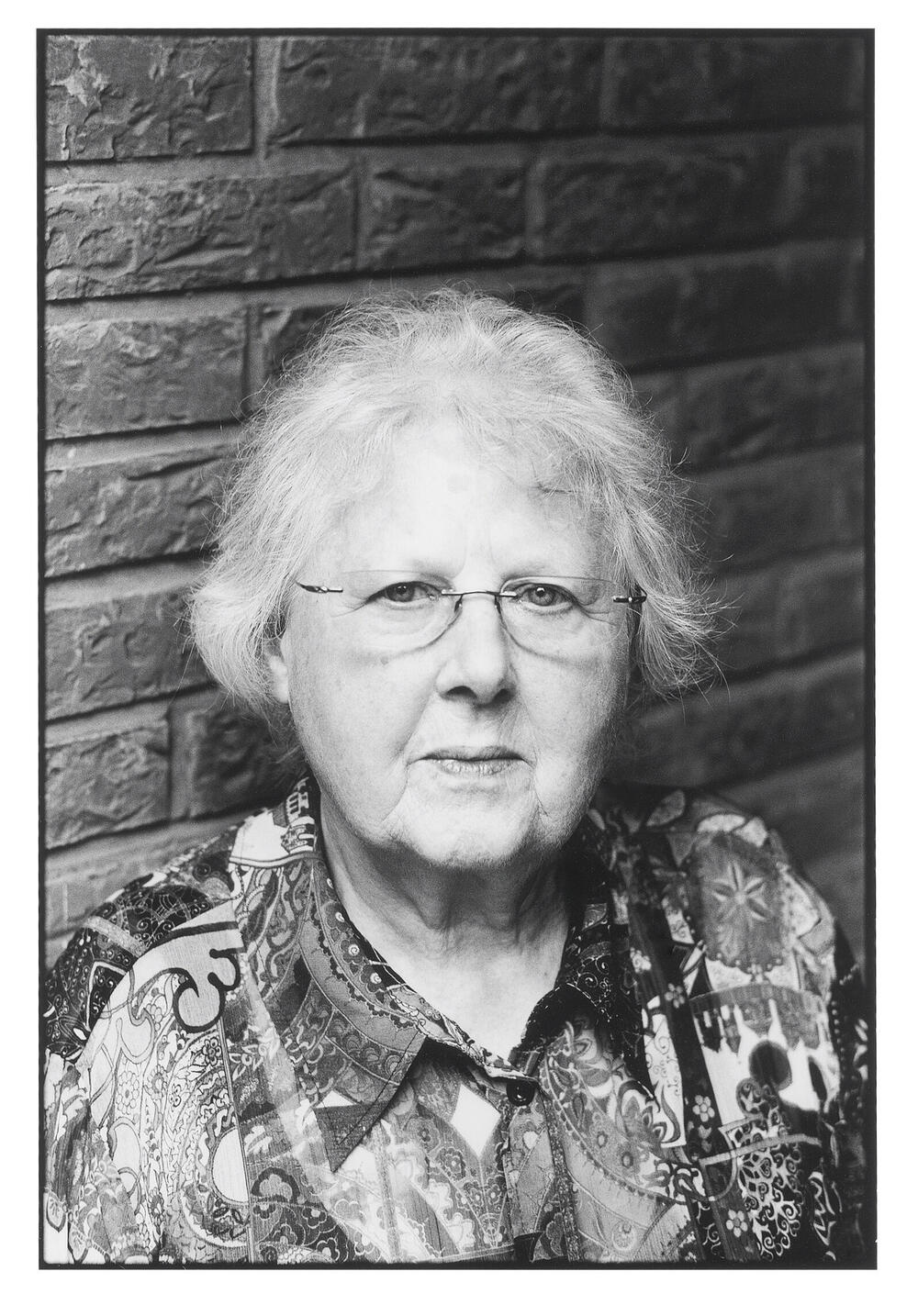
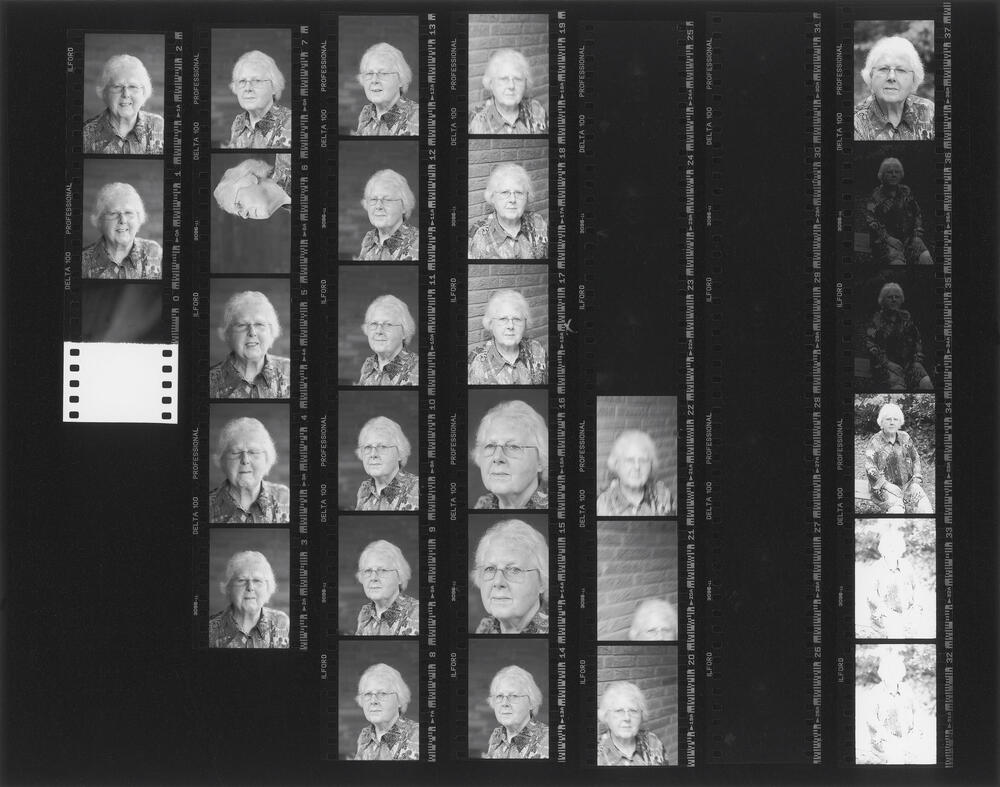


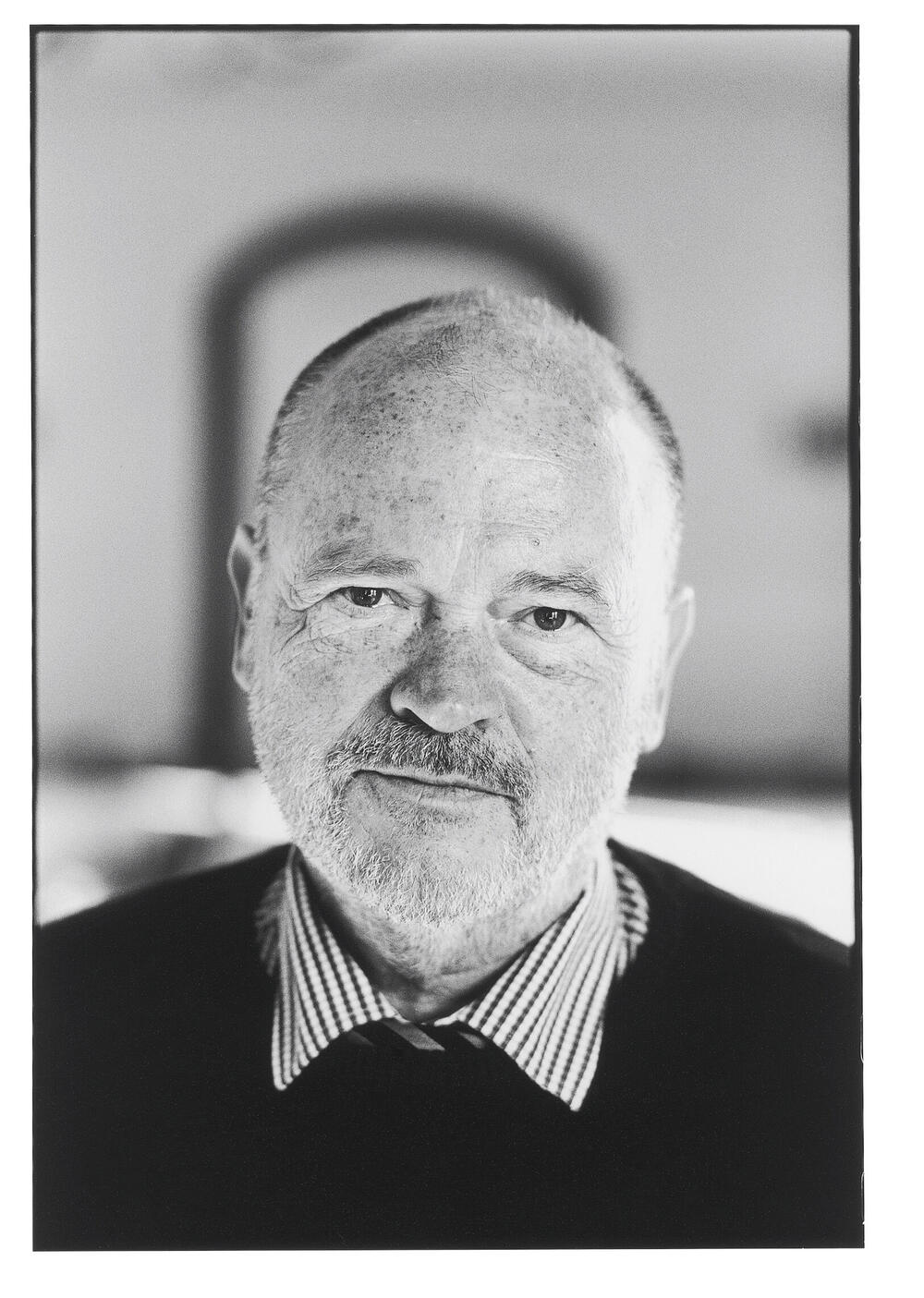
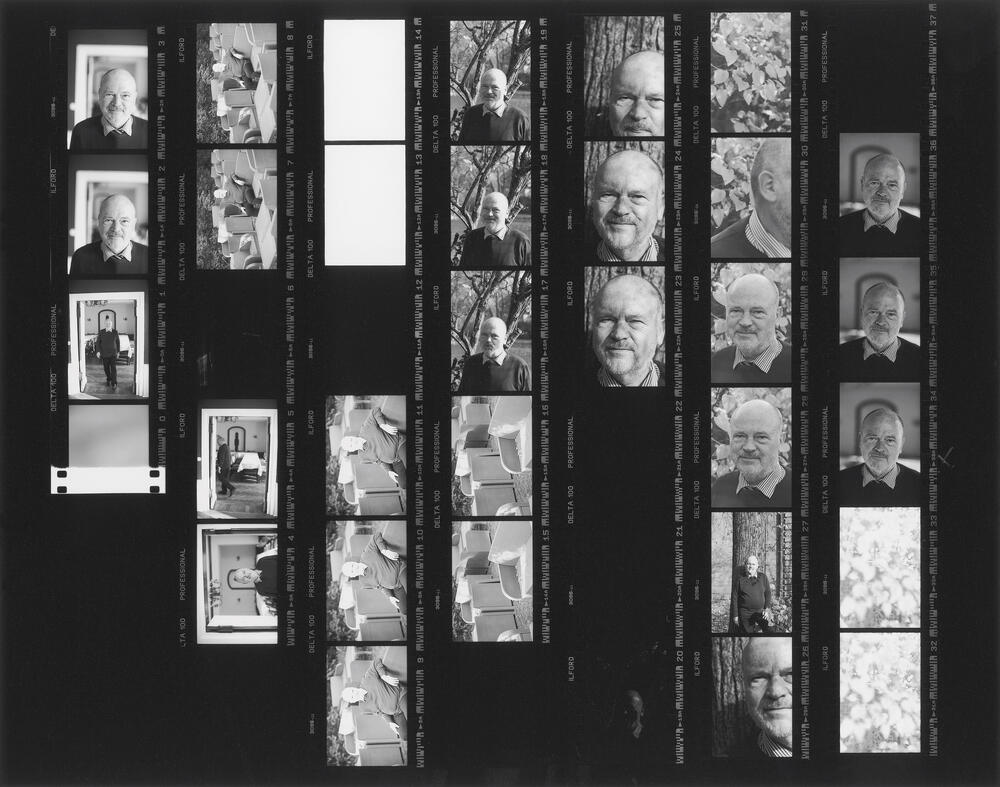


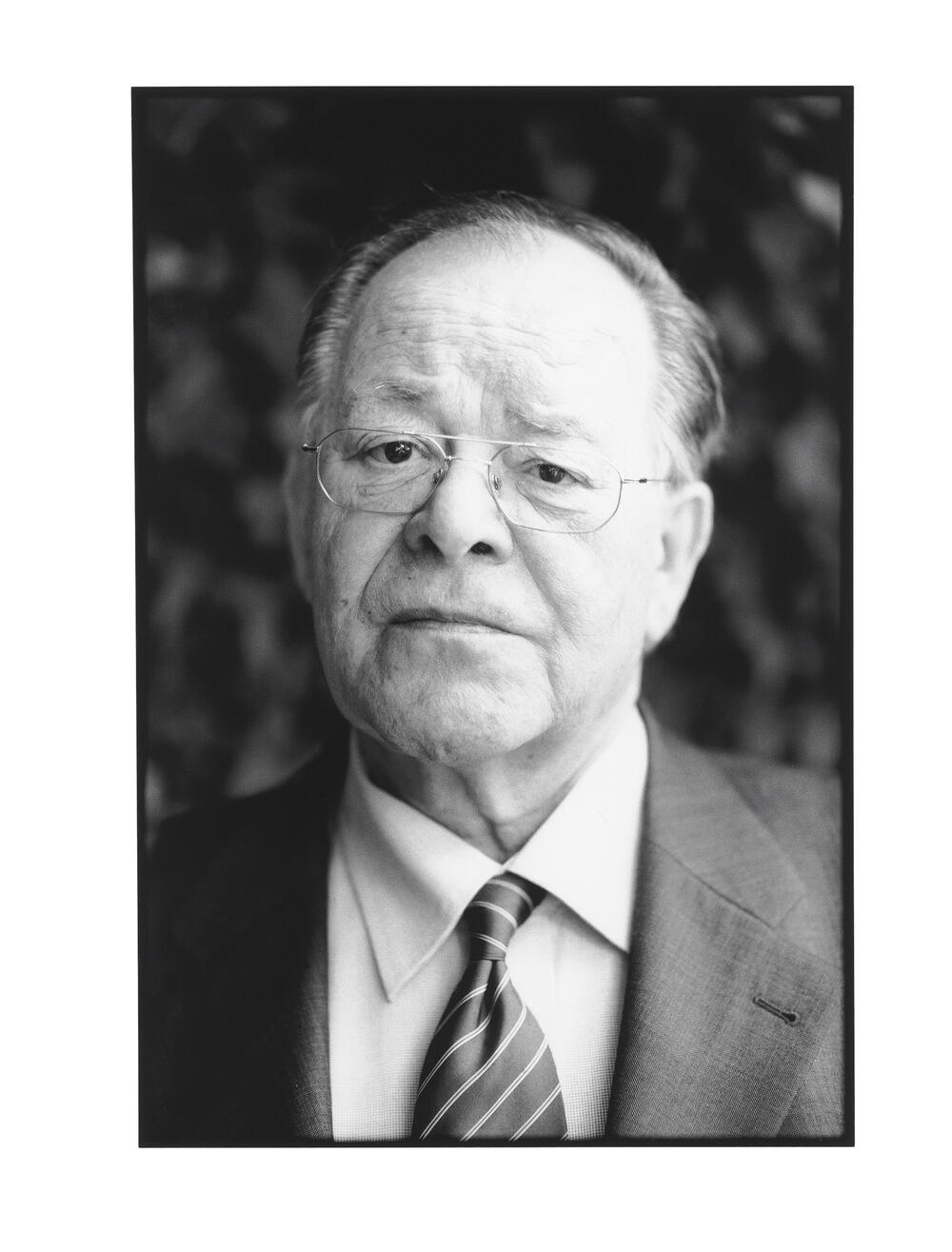



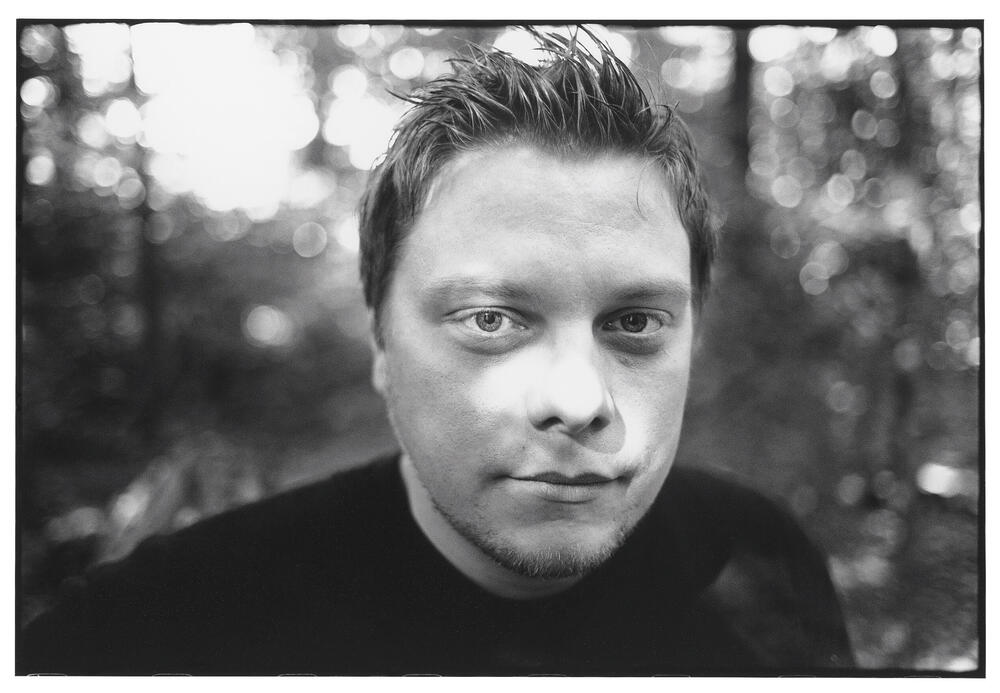
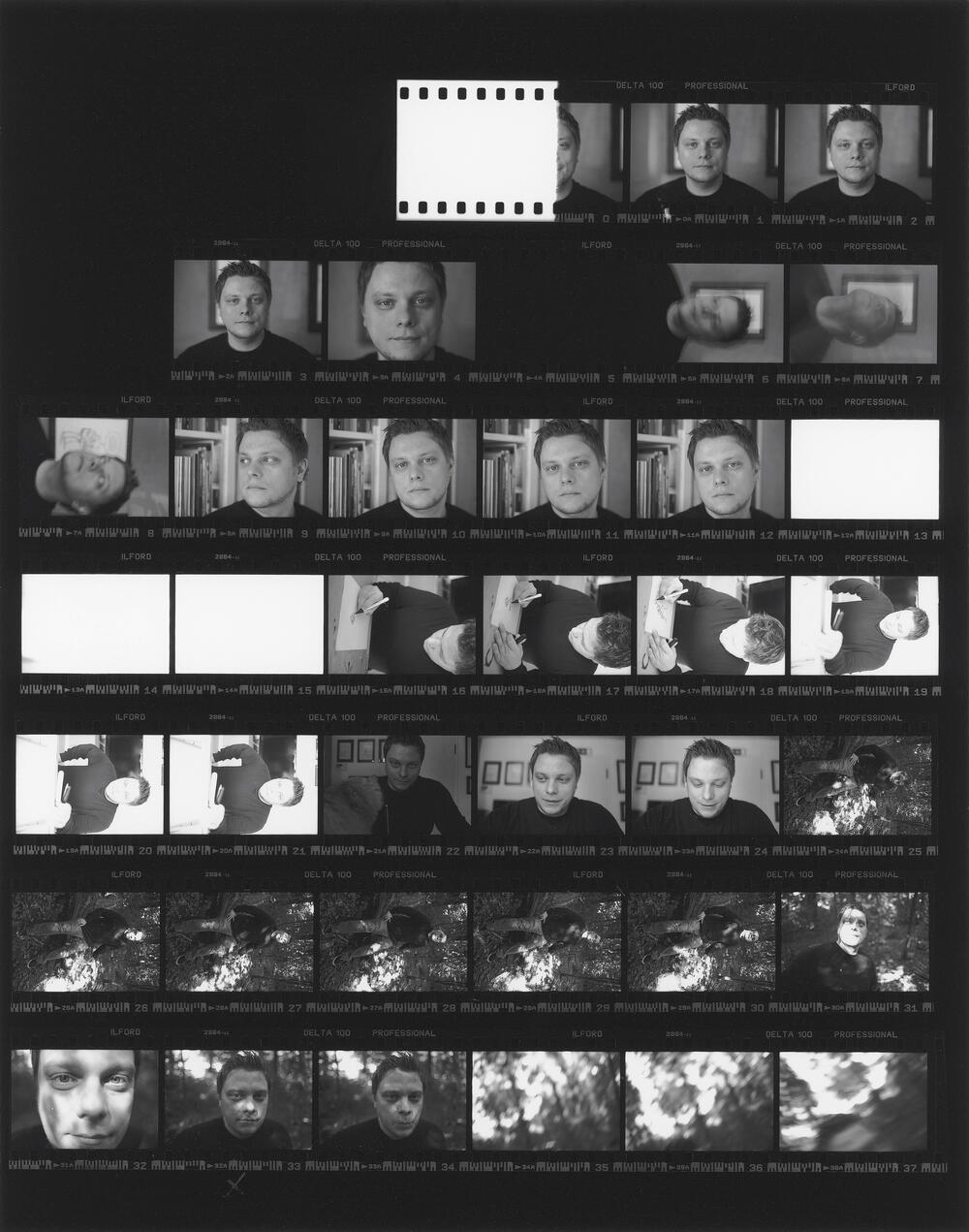


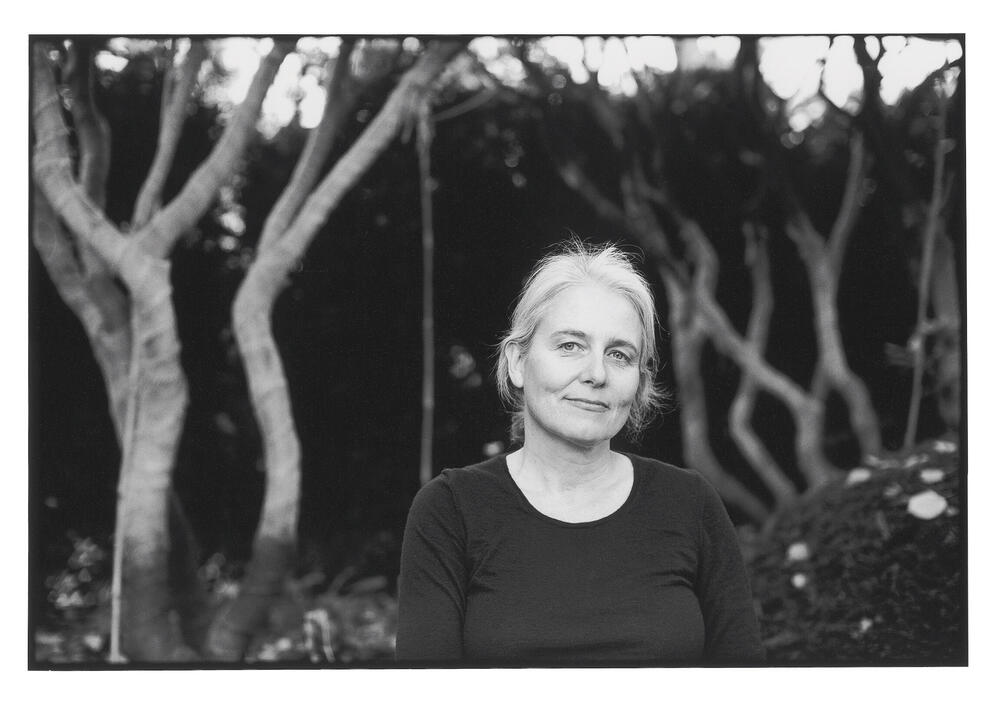
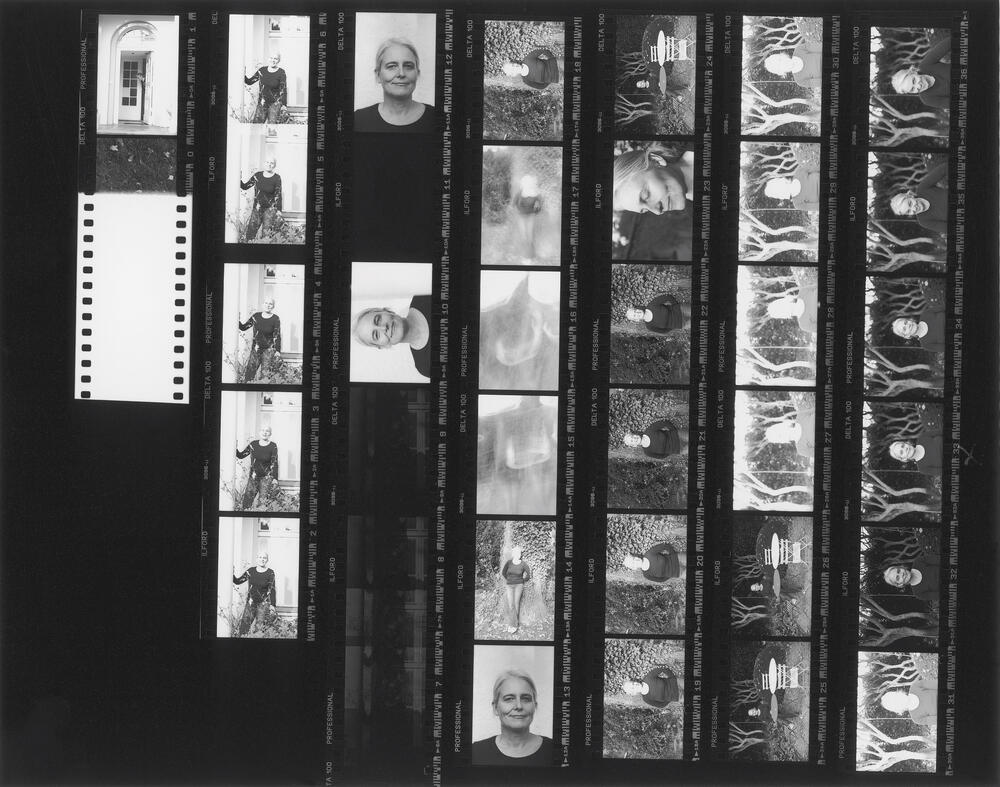


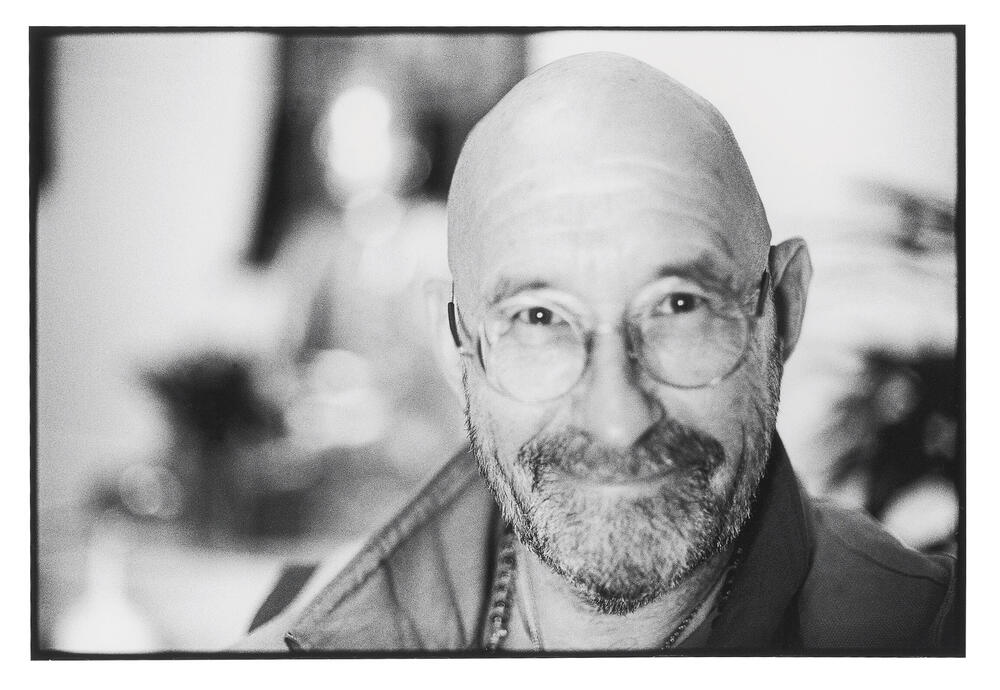
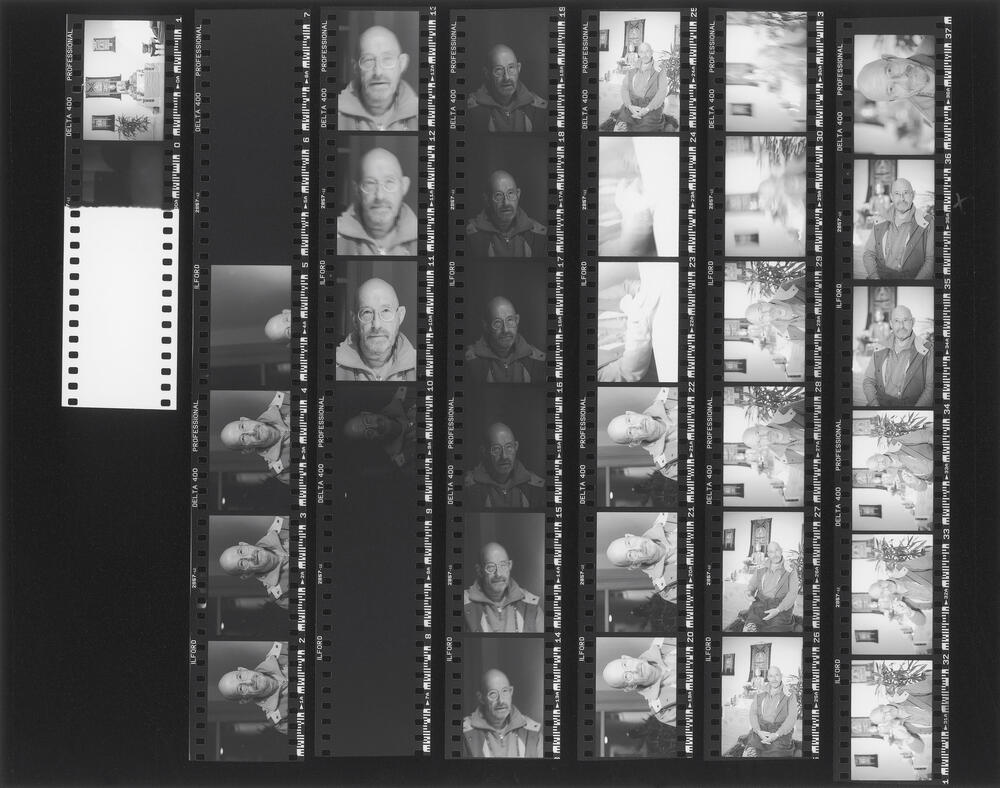


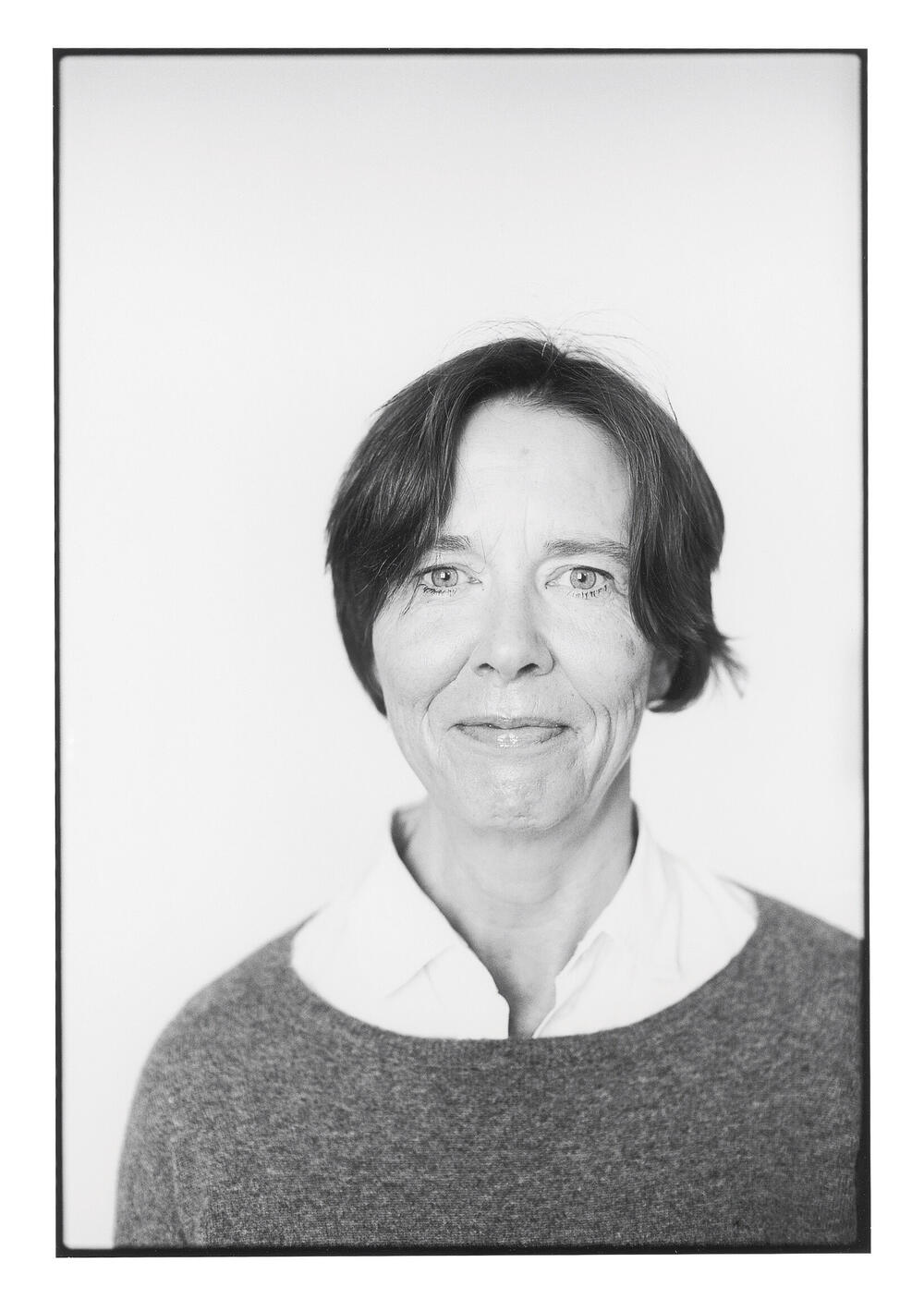
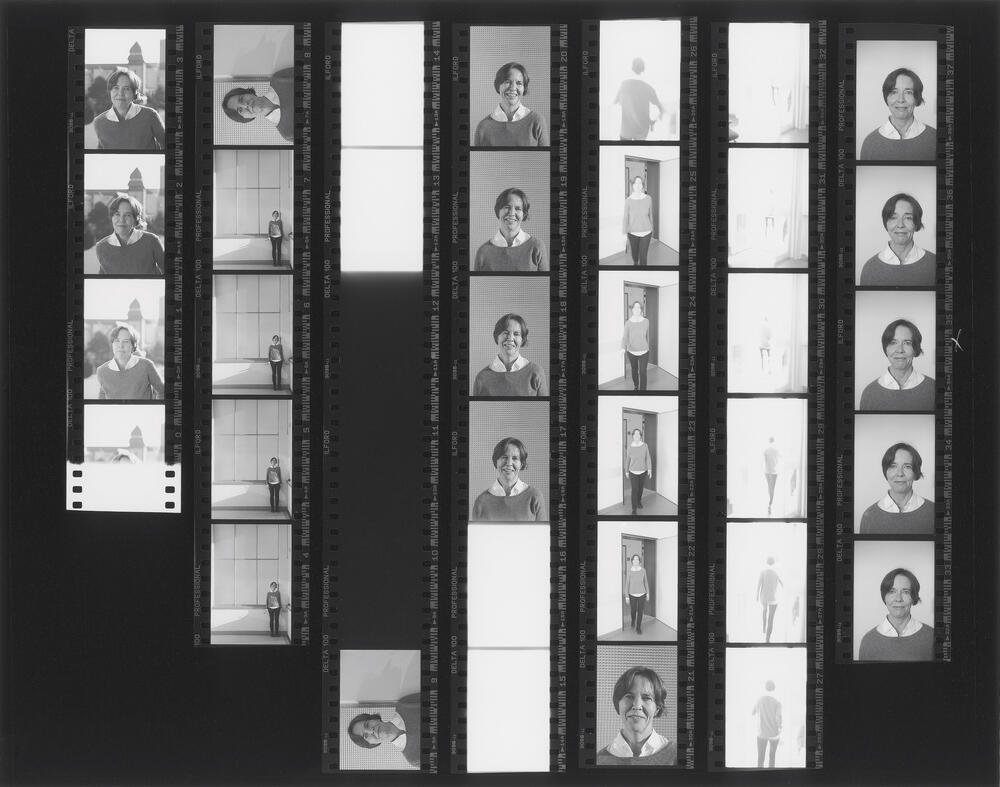


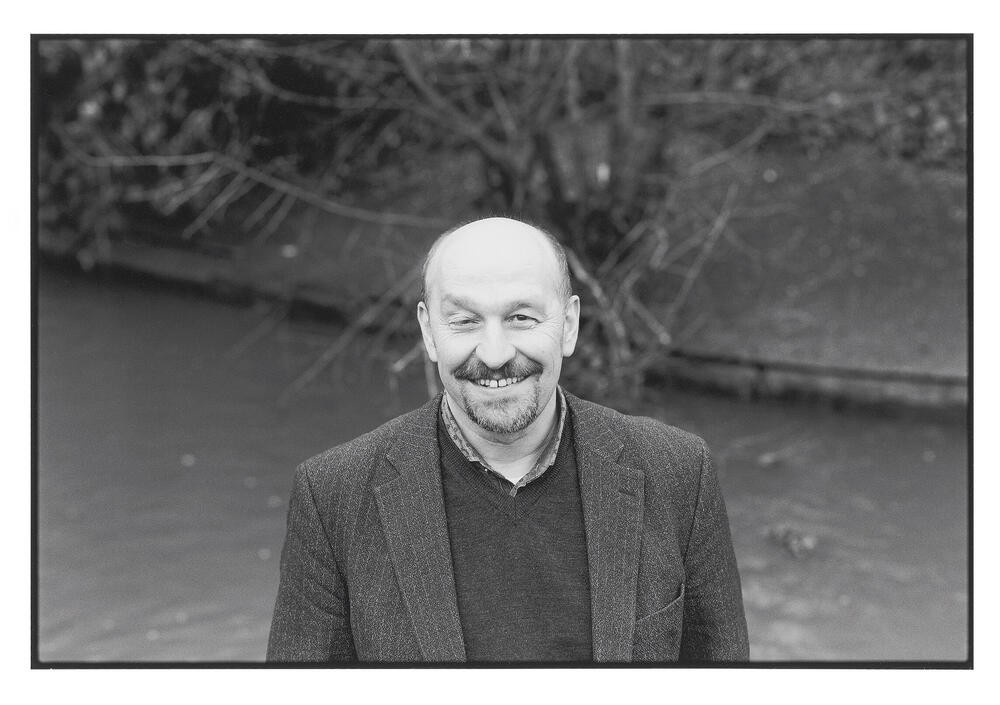
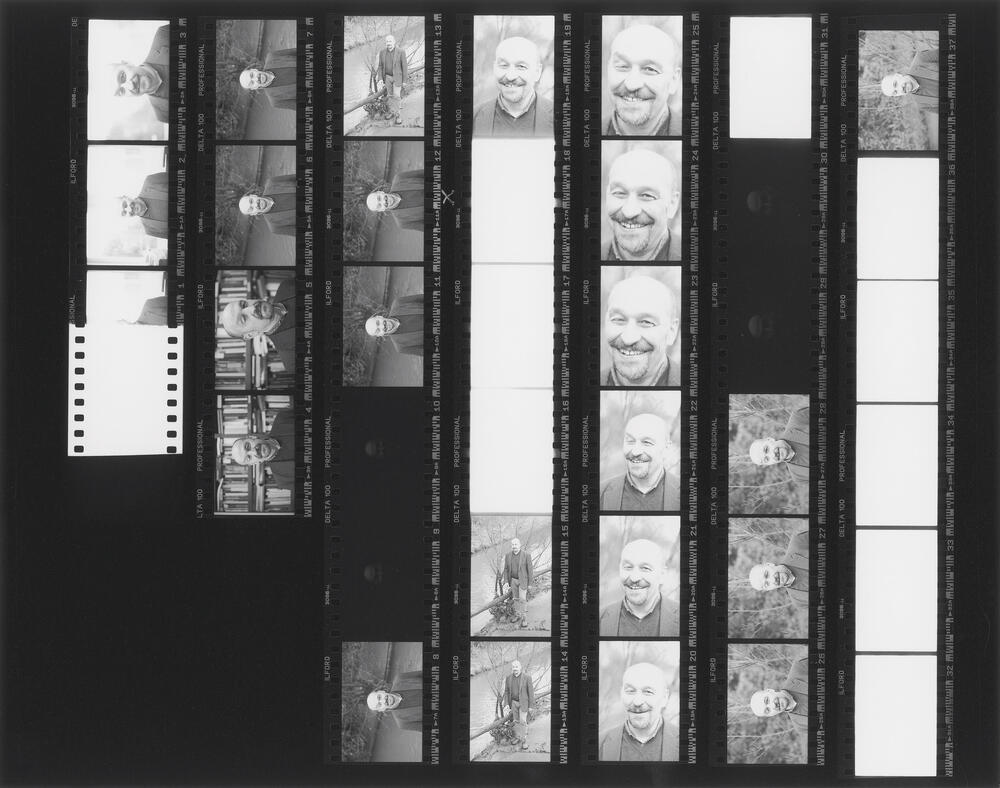


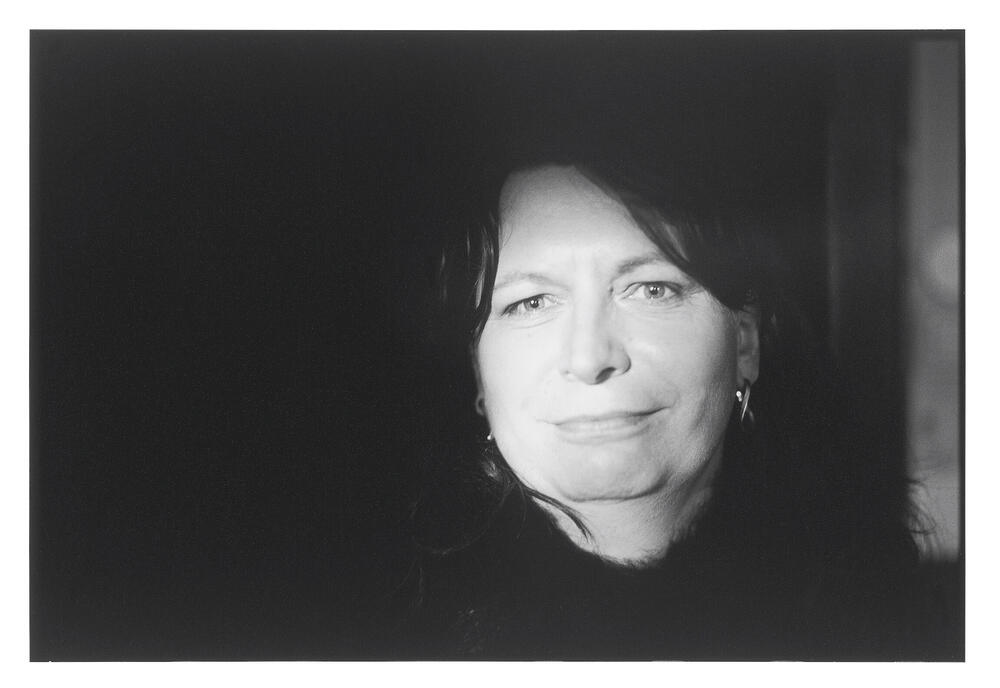
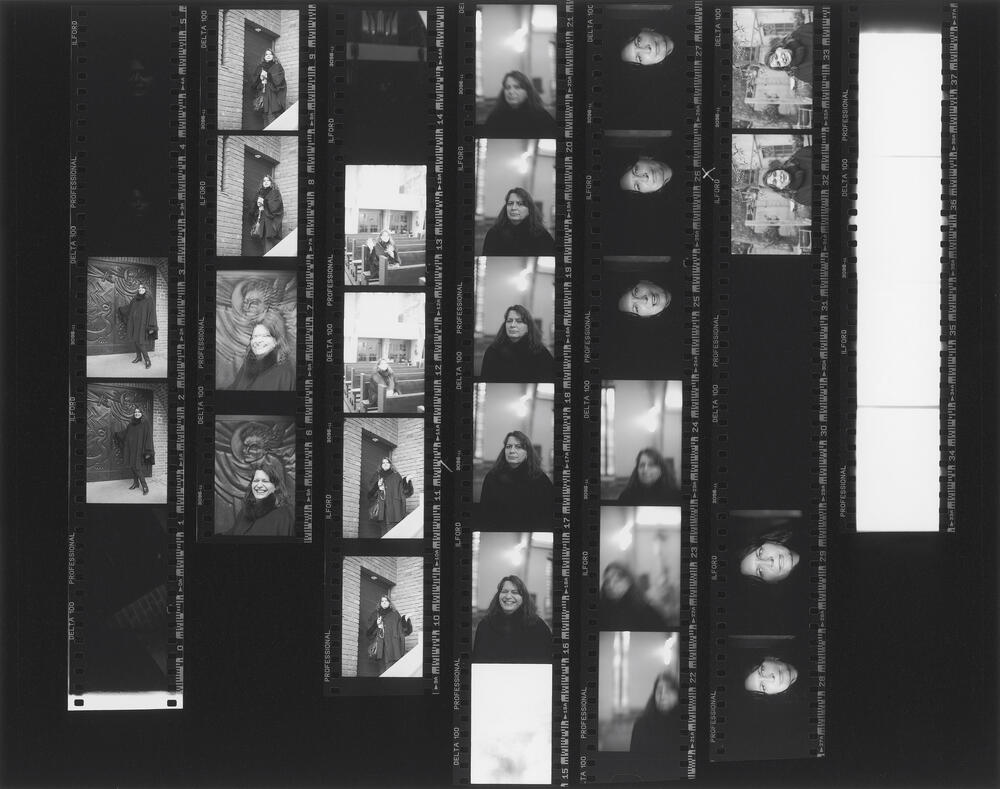


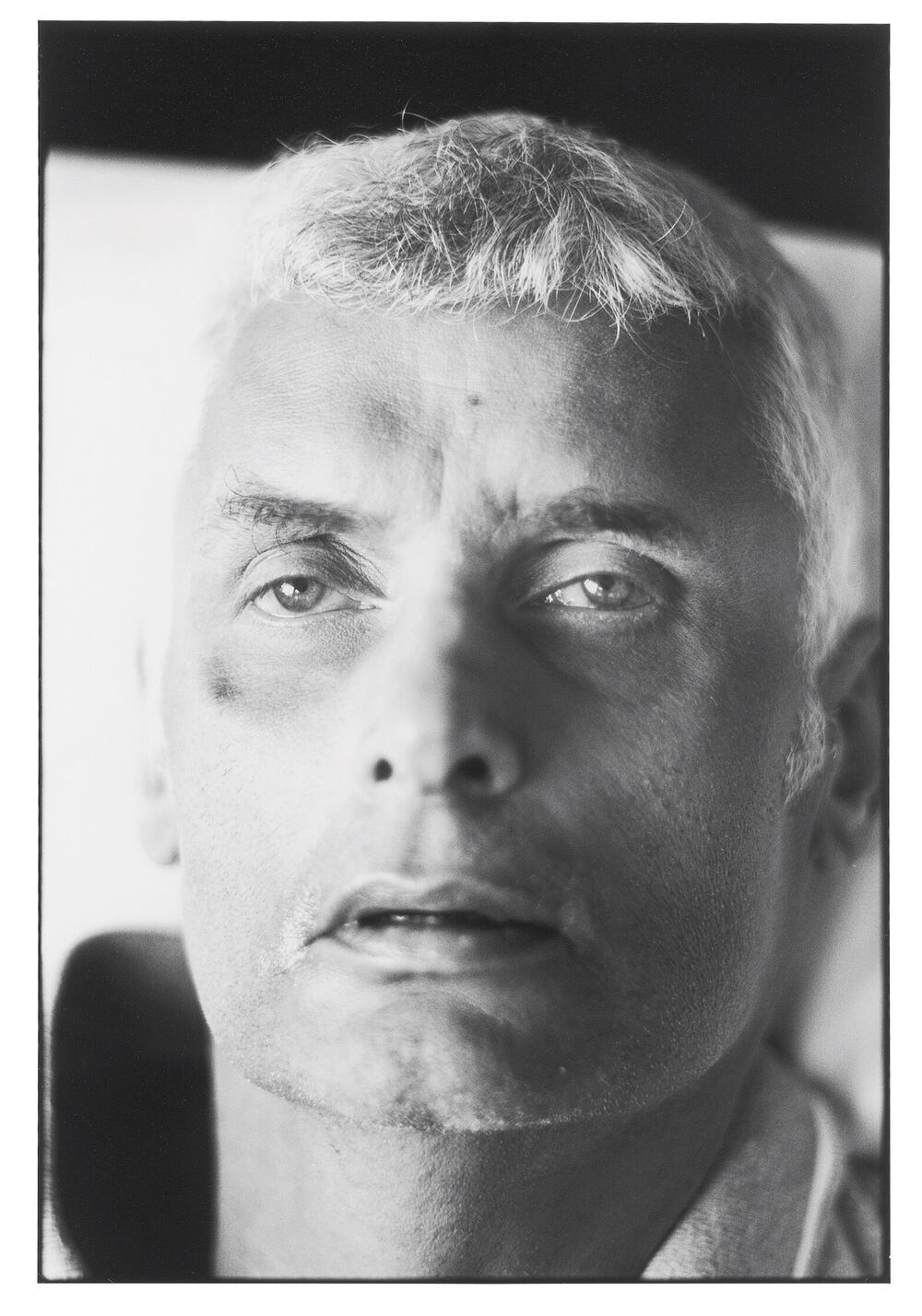
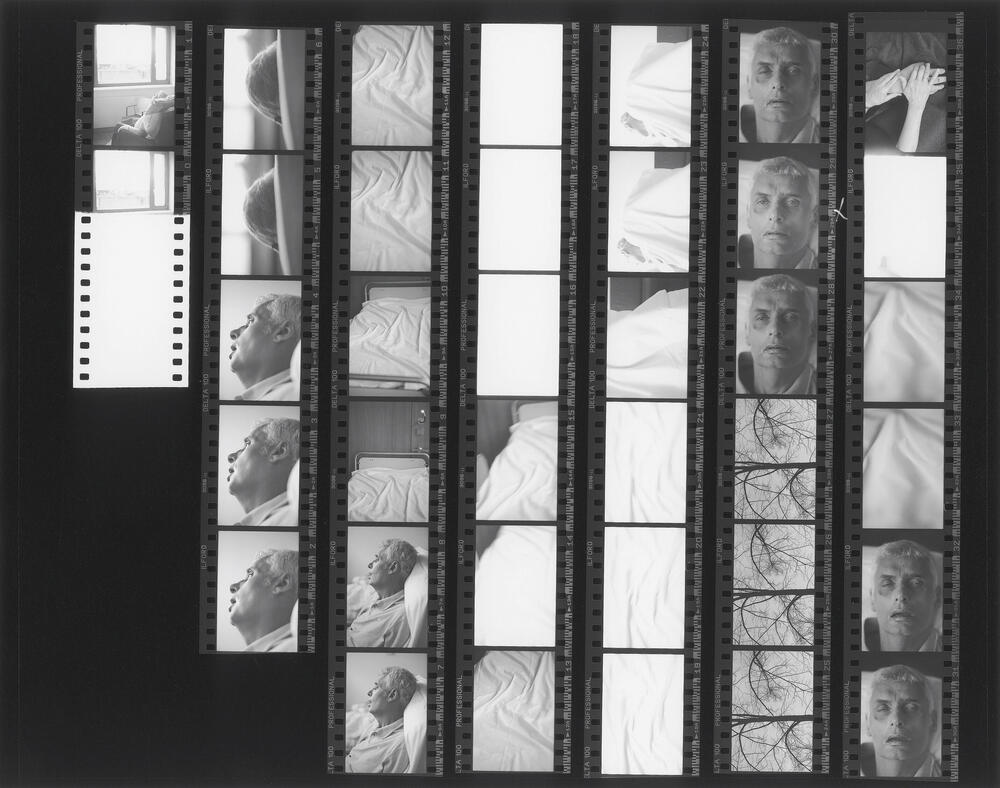


It is one thing to visualise things, but something else entirely to show them. The difference seems minimal and there is often semantic confusion. In the world of art, however, this difference is crucial. To visualise things is to present them. Yet to show things is to penetrate the invisible wall between the work of art and the observer. Bertolt Brecht focused his theatre practice on this issue and the art historian Norman Bryson made this the focus of his theories in his opus “The Logic of the Gaze”.1 The verb show suggests a gestural, physiological moment. It moves through motion. The act of pointing or being pointed at shows intent. The process of showing creates an instantaneous and direct reference. A (usually) unpleasant feeling is evoked in those who are pointed at and shown up. There is a sense of being addressed. To show is to desire to create an effect.
In the art theory of modern art, the process of showing is barely worth mentioning. It became irrelevant with the proclamation of the autonomy of the work of art. The autonomous piece neither visualises nor even shows: it simply is! An aesthetic thing without purpose or function. Provocation in the name of pragmatic thinking based on tangible benefits. In theory at least, it is essentially immune to misuse. That was until autonomous art transpired to be marketable.2
In the mid-19th century, the emergence of photography allowed manufactural pictorial art to break free from the traditional shackles of any link whatsoever to reality. Or, certainly, this is the preferred interpretation. Art history continues to describe this process as an act of liberation from the non-artistic dependencies of the past. What is surprising is that artists regarded photography as a threat even early on and disputed its claim to be of any artistic relevance whatsoever. It is no coincidence that photography was only considered to be a legitimate art form much later on and, in essence, gained this standing through the back door of the art world: when the focus of advanced (most progressive!) art moved away from the realised work to its original idea, which, in order to be visualised, needed to be illustrated.3
Even from the beginning, the analogue technical medium of photography was contrary to the concept of the autonomous work of art. Photographic images are anchored in the world of appearances and are not self-referential. As products of computational operations, digitally generated image media now build a bridge to the bastion of autonomous art by producing “realistic” images on a non-representational basis. This, to date, has had no consequences for artistic practice. Photography continues to provide the blueprint for the digital images of photography and cinema. Olaf Schlote is a photographer. His pictures visualise a world of which they form a part, but not as autonomous objects. They illustrate things which originate in a world separate to that of autonomous art. Nevertheless, the photographer Schlote is still recognised as an artist, and rightly so! Like many representatives of so-called artistic photography. The justification behind this dramatic change in attitude in art is normally somewhat lacking.
Has the postulate of autonomy, as a leading doctrine, perhaps silently disappeared from contemporary art in the 21st century? Today, the very definition of what qualifies as art extends without distinction to everything which is presented in the world of art. Seemingly, it is now only museums which draw a dividing line between art and non-art. Art can no longer be reliably delimited.
Over the years, Schlote, a far from prototypical representative of contemporary photography, has developed a view and attitude that is as independent as it is idiosyncratic. Both are undeniable criteria for acknowledging his work as art. Yet the question remains: as what definition of art? The unabated prevalence of modern art? Clearly not. Art as defined before? That also cannot be applied. That would designate them as replicas and copies. Ultimately, his striking pictures invite us to recontour the definition of art taking them as the basis and, indeed, prompt us to elevate the notion of art from its arbitrariness. From my perspective, the moment of showing is the acid test.
First of all, one needs to take a closer look at his pictures. Even at a brief glance, the narrative principle is evident. As such, they explicitly contradict autonomous art, which wholeheartedly rejects any form of narrative. Schlote’s pictures long to tell a story. Yet the issue is more complex than this statement would suggest, since not all his pictures do tell a story. Many are contemplative in nature. As individual images, they represent familiar painting styles: “landscape”, “still life” as well as “genre” and “portrait”. On the other hand, the pictures almost always form part of loose cycles. Within these cycles, in juxtaposition or (in the case of books) in succession, their status changes. And, in turn, so does their purpose. Just as with a narrative film, each shot influences both the next as well as the previous one, which, although it may no longer be in view remains stored in our subconscious as an after-image, Schlote’s pictures overlap in visual perception. A process which is unavoidable when observing several pictures. A process that Schlote actively provokes.
At the same time, the stories do not manifest themselves as thrilling plots and events. Rather, they create the impression that the main event is already in the past or still lies ahead. Whereas, that which is actually happening, has happened or could have happened remains visually omitted. Schlote leaves this to our imagination.
It is also not formal constants that bring together and cement the various cycles of the photographic work, but rather their specific climate, their atmosphere. It is a chain of impulses which impress on us, the viewers, all the more the longer we look at the pictures. It is an experience that goes beyond simple communication; it enfolds and embraces us, linking us emotionally with what we see.
“La mer” is the name of one of the significant pieces here. At the bottom of the picture there are three rows of empty chairs spread horizontally across the entire image. They look out onto the gravel beach, the sea behind it and the sky above. Just like the three rows of chairs, the beach, the sea and the sky form almost uniform stripes, which, depending on the perspective, extend above or behind each other, over the surface or into the depths of the picture. The longer one looks at the “La mer” the greater the sense of calm tinged with inner tension becomes. Mood not as a temporary impulse, but as an aesthetic category. “This means taking in the world not only as an external sphere, but also as an internal experience.”4
Does this specific invoking of the thus created mood document a special form of showing? Showing as a “…suggestion of the vitality and sensibility of an object, of its spontaneous subjectivity, which comes to be with the notion of gazing upon it.”5 Yet let it be noted: when Birgit Recki attaches “vitality and sensibility” to the object, she endows it with self-will and subjectivity. An exaggeration? Not at all. In iconoclasm as in modern idolatry, there is a widespread tendency to grant images an existence of their own, also in the name of absolutised rationality of purpose.6 The mood slowly becomes clear and differs from the suddenness of Barthes’ punctum, which hits one abruptly like an arrow, and is realised over time with further contemplation.
On the faces of the people in Schlote’s earlier pictures, there is often a hint of uncertainty mixed in with the expectation of what is to come. Simultaneous anticipation and worry. Similar expressions can be found in some of Honoré Daumier’s lithographs, in the portraits by Élisabeth Vigée-Lebrun and in Steven Spielberg films such as Close Encounters of the Third Kind and E.T. Schlote likes to employ a method which is known from modern literature and film and which is apostrophised as “mise en abyme”. His pictures show other pictures whose effect they rejuvenate. They are not quotations, but participations. Images of expectant people inevitably arouse curiosity. What are they expecting? What can we expect? In “La mer”, it is a compelling silence. The sea in the image is as voiceless as death itself.
In Schlote’s most recent image cycle, we encounter people of different ages, genders and professions — all of whom are looking at us. Alongside a once famous politician, a nurse, a military historian, a cartoonist, a patient, a paramedic, the directors of a hospice… Schlote selected and photographed each of them. Analogue, thus on film, and in black and white. The film functions like a kind of skin upon which the reflected rays of light beat down and allow the people and things to be seen for the first time. Contact is established between photography and the subject of the photograph. Each session lasts between one and a half and three hours. Schlote took the photos at different locations, both indoors and outdoors. A complete film for each model. 36 images.
What do these people have in common? Although they probably don’t know each other and have never met? In reality, we should know the answer to this question. Even if we are looking at the portraits for the very first time and have not been able to garner any additional information from the caption as to what profession those portrayed practise or what has just happened to them. There is an invisible thread which ties them not only together but also to us, the observers. And us to them. The only thing which unites us all and of which we can be certain: death. The energy, the living image of death speaks from the pictures. Maybe this is an example of one of the rare occasions when we don’t want to see what we know whilst we normally see what we know. Our brains are programmed so that we normally see before we are able to perceive.
All the people whom Schlote photographs are linked either directly or indirectly to death. Some have experienced it physically. Others are looking it in the eye and others still watch it at work from the outside. Some occupy themselves with death from a scientific or artistic perspective. It goes without saying that their view of death is as diverse as the people themselves: some see it vis-à-vis, some take a more distanced approach, but always as distinctly as the way the images affect us. In a roundabout way, death looks at us through photography, it touches us. It becomes clear, almost as a fleeting thought, what Schlote’s photographs have always endeavoured to achieve: the certainty that melancholy is inscribed in every (analogue) photograph. That its essence is shown (revealed) in the transience of being, stopped and captured in the briefest moment of time.
Of the 36 photographs he took of each individual, Schlote chose just one: a portrait. He contrasts this with the other “takes” of the respective contact sheet. The contact sheets expand the view of the models beyond the conventional genre of the portrait. In a variety of ways. First, they qualify the dominance of the single picture. The selected and enlarged picture is just one of many. In the case of the portrait, it represents a specific person, but through the eyes and judgement of another and a different piece of equipment. Furthermore, this other person comes forward as the technical author of the portrait. In the contact sheet more strongly than the model.
The contacts (!) provide information about how a photographer approached the model, the facial expression, the posture, the atmosphere they hoped to achieve. Schlote goes one step further. He visualises both the interaction of his models in the recording process, thereby showcasing their subjectivity, and the endeavour to give his artistic vision a succinct form.
“As such”, he writes, “a distinctive track emerges — a film track — a psychogram of sorts. I move around a lot within this cinematic journey, deliberately over- and underexposing images. The small deaths — The big deaths — Journeys — Transit — Transcendence.”7 The keywords form the knots of the mental net that underpins the pictures from Olaf Schlote.
In two pictures, the poles between which his art oscillates are exemplified: a black-and-white picture entitled “departure” and a colour photograph titled “arrival”. In the catalogue of his exhibition “Transit”8 , he positioned the two images next to each other. In “departure”, two men with suitcases are shown walking down a street towards an approximate horizon, like the main characters in the final shot of Charles Chaplin’s film Modern Times. In “arrival”, an elderly man and woman are standing on a pier gazing out over the deep blue sea toward a distant, light-blue coast under a bright blue, slightly cloudy sky. Have they reached their destination or are they still travelling like the men? Forever on the go, but to where?
The figures are guides. We see them from behind like the repoussoir figures in Caspar David Friedrich’s paintings. They are an embodiment of our desire to stop yet simultaneously progress. The goal is right in front of our eyes, yet we still fail to see it. Indeed, we don’t want to see it, although it shows itself in Olaf Schlote’s pictures. Far and near at the same time. Schlote’s pictures draw on aesthetic notions that were influential in the world of art before its (subsequent) leading representatives played the card of autonomy. And yet his world is not the world of facts. On the other hand, he utilises forms of representation and perspectives that have emerged through photography and cinema. Modes of portrayal which, through their technology, are characterised by modernity and have long since developed a tendency towards autonomy. In brief: his pictures are a melting pot of disparate artistic principles. At the same time, he expresses the subliminal forces of the gestural language of the picture: referencing the ability of the observer’s body to grasp and touch. In this way, he breaks modern media’s transition to independence. Olaf Schlote builds a bridge to the artistic tradition — in the spirit of modern art.